It had humble beginnings in the City of Discovery — but went on to become the biggest company of its kind in Europe producing 100 million greeting cards every year.
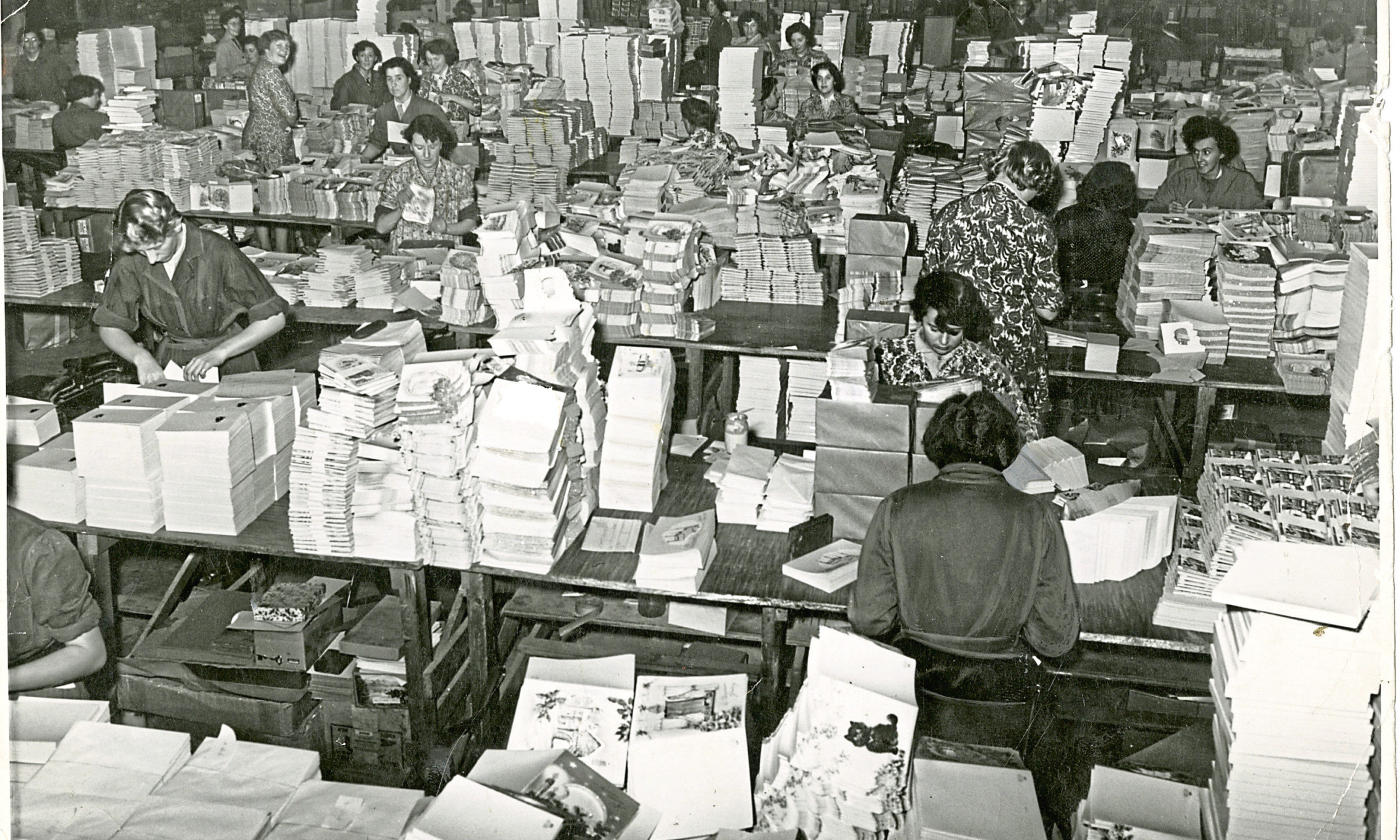
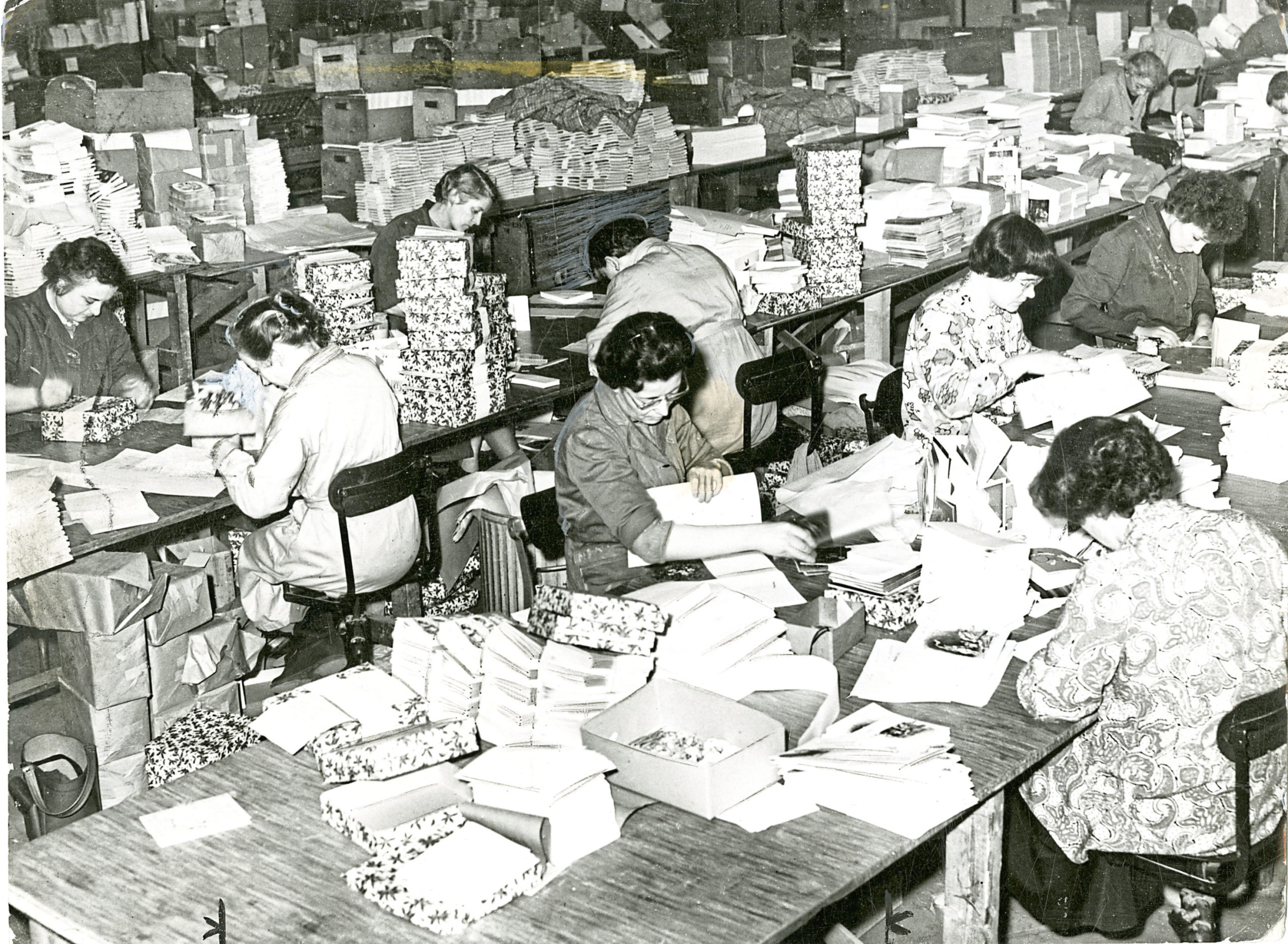
Now a university archivist wants to give people a fascinating insight into the meteoric rise of Valentines of Dundee and its role as one of Tayside’s largest employers for more than a century.
Valentine and Sons Ltd was founded in the city in 1851 by James Valentine, son of John, who had previously run the business focused on the engraving, printing and supply of business stationery.
James was a photography enthusiast who had studied at St Andrews University. He added portrait photography to his business, building one of the largest photographic glasshouses in Britain in 1855.
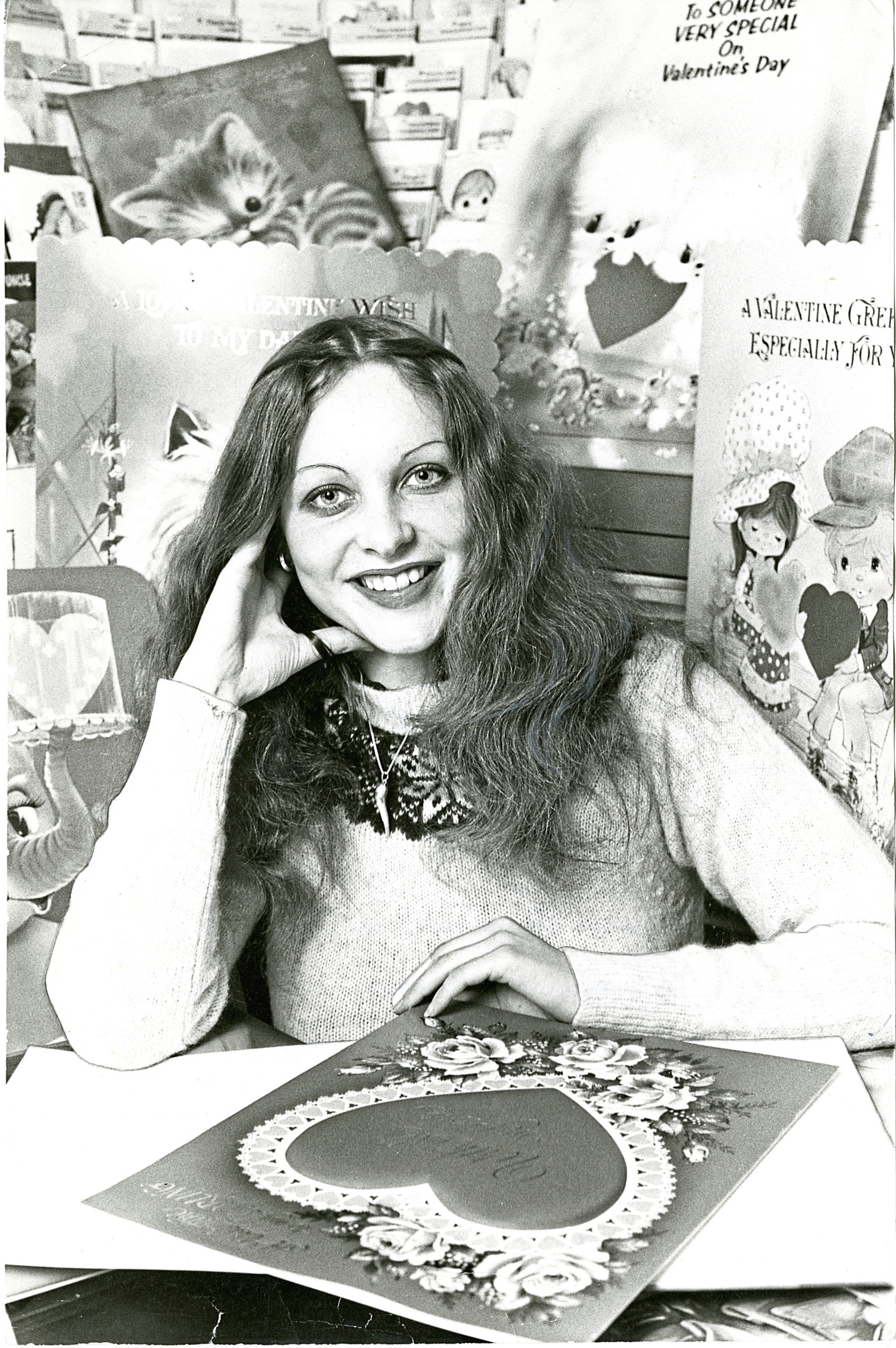
Landscape postcard photography was added to the firm’s output in 1860. This caught the eye of Queen Victoria, who commissioned a series of photographs, and James was appointed “Photographer to the Queen”, assisting the dramatic expansion of the company.
By the 1880s, the firm was a global market power.
The period was an age in which the public couldn’t simply take their own photographs – it wasn’t until 1888 that Kodak produced the first commercially successful camera for film.
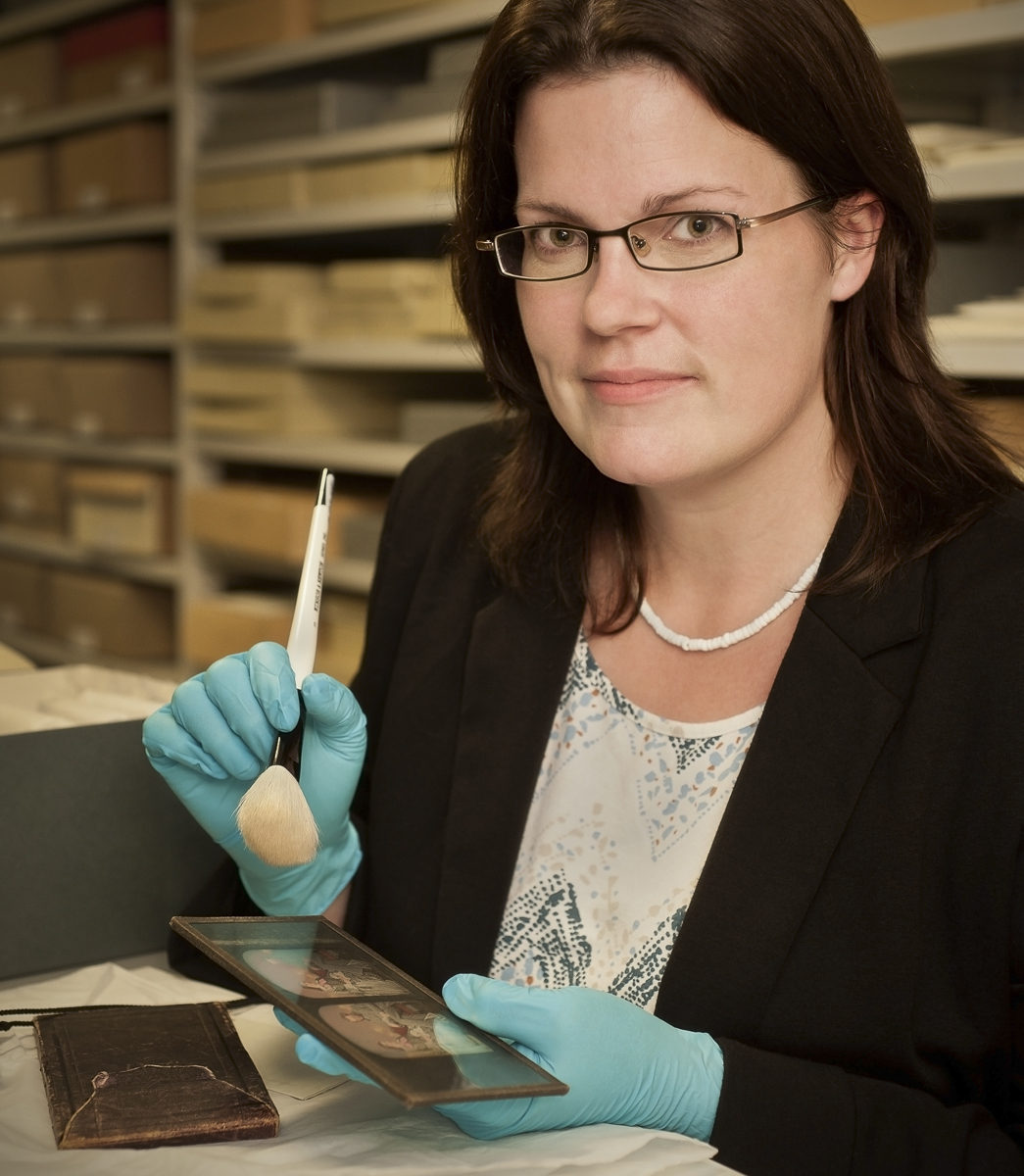
Rachel Nordstrom, photographic collections manager at St Andrews University, will give a presentation to the Friends of Dundee City Archives about the company’s rich history. The talk takes place at the Glasite Hall, St Andrew’s Church, on King Street, next Thursday.
The 39-year-old Canadian, who has been in the post for five years, said: “I think Valentines is very important for the impact it had worldwide in producing photographic prints and photographs, but, of course, for Dundonians, in how big an employer it was.
“Valentines photographed every corner of Great Britain. If you went to any shop in the 1880s to buy a postcard, you were almost certainly picking up a Valentines product. If someone was in a holiday destination and wanted a souvenir of a view of the area, they would buy a print or postcard to remember their trip.”
James Valentine died in 1879 and his sons William and George took over as the business continued to grow in 1880.
George went to New Zealand around the same time and expanded the business there, and there were also contractors in places such as Jamaica and Gibraltar.
The family’s involvement in the business ended in 1970 and American giant Hallmark Cards took over in 1980.
At that time the company had 430 staff in the city but, by 1994, Hallmark merged with Andrew Brownsword Group and the remaining staff, which had diminished over the past decade, opted for voluntary redundancy.
When the doors closed for the last time, there were only 62 people working at the plant, which has since been demolished.
Rachel said: “When the company filed for bankruptcy Hallmark wasn’t interested in the archives.
“It was decided the records should go to the university.
“The way the photographs are archived is amazing. The prints are meticulously categorised, so people know exactly where and when each was taken.”
The 180 albums, containing 120,000 images now owned by the university, can be viewed at the St Andrews University Archives website:
st-andrews.ac.uk/library
.
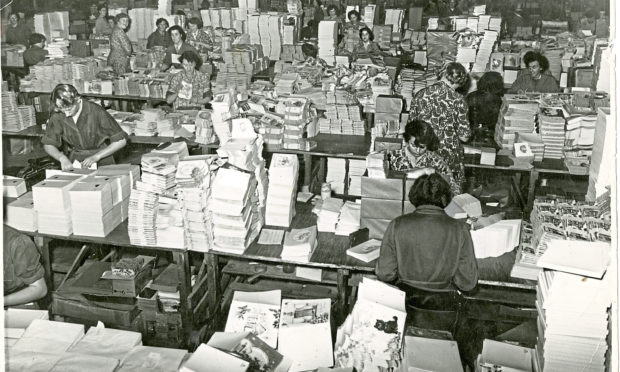
Conversation